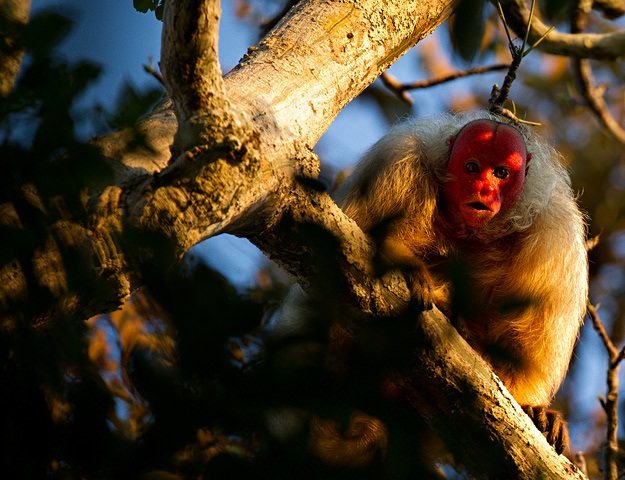Entertainment
25 of the Weirdest Animals on Earth
By Jake Beardslee · May 24, 2025
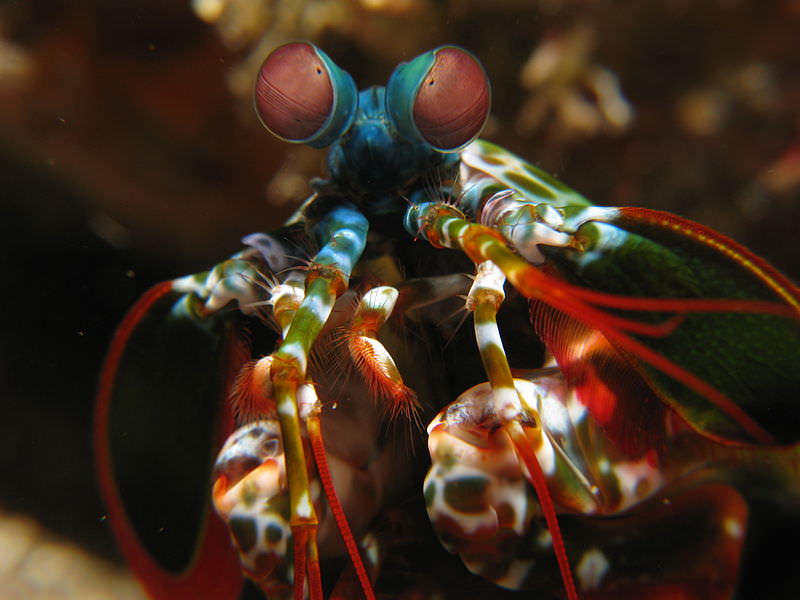
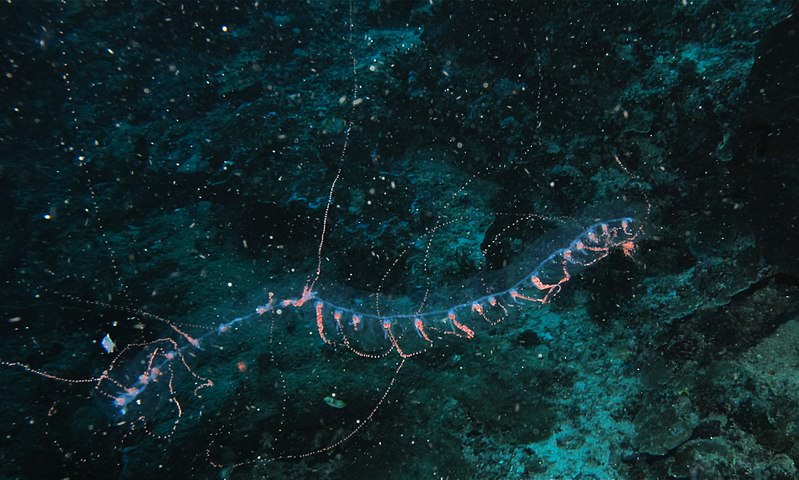
Siphonophore: The Longest Animal on Earth
At 45 meters long, the siphonophore is confirmed as the longest animal known, even outdoing the blue whale's maximum length. This colony of tiny organisms trails venomous tentacles, making it more like an underwater hazard than animal. Bernard DUPONT from FRANCE/Wikimedia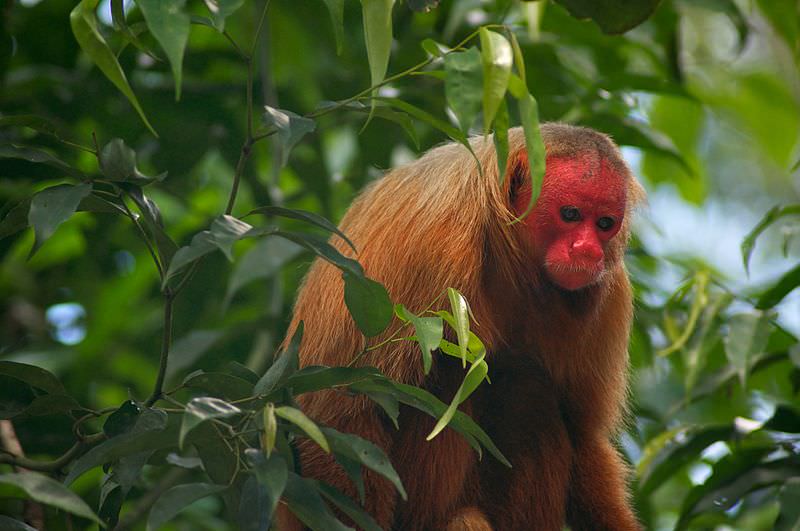
Uakari: Red-Faced Monkeys
With their bright red facial coloring, uakari monkeys stand out. The reddest males are seen as the most attractive by females when choosing mates. Aaron Martin/Wikimedia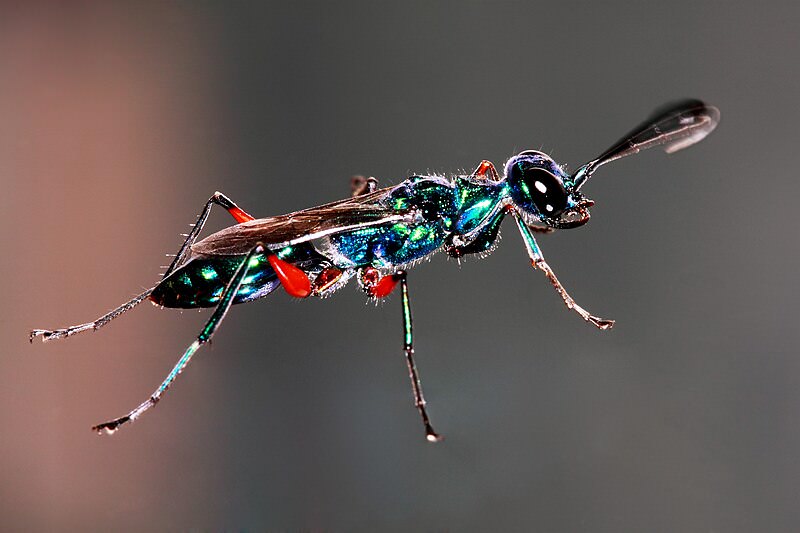
Jewel Wasp: Mind-Controlling Parasite
This shiny wasp injects venom to turn cockroaches into zombies. It then buries the immobilized prey and lays eggs inside to be eaten by its larvae. Sharadpunita/Wikimedia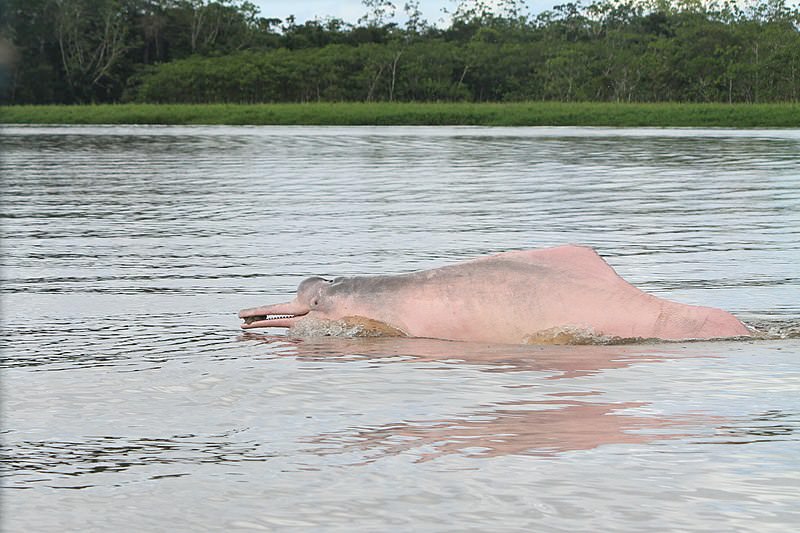
Pink River Dolphin: The Rosy Freshwater Cetacean
One of the largest river dolphin species, the Amazon pink river dolphin gets pinker with age due to blood vessel dilation near its skin. Naparmalandia/Wikimedia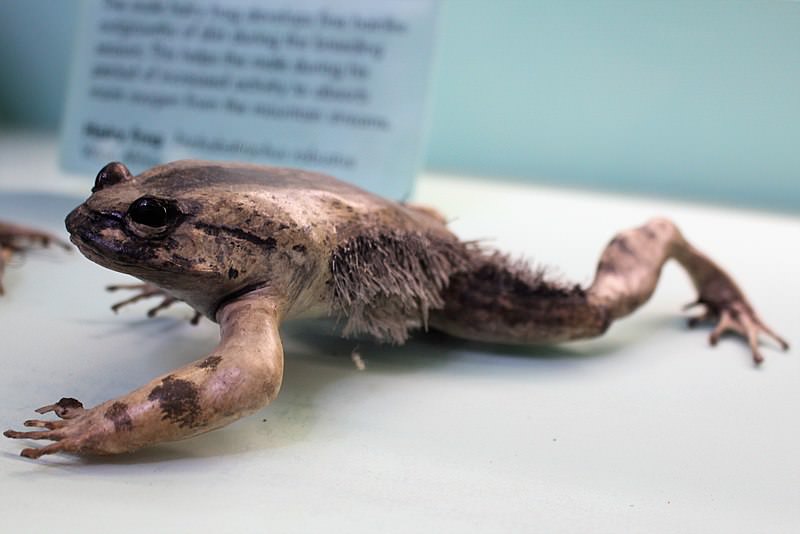
The Hairy Frog: Nature's Amphibious Toupee
The hairy frog, (Trichobatrachus robustus), native to Africa, is one of the strangest amphibians on the planet. These frogs have an incredible adaptation - they possess an elaborate hairy 'toupee' of thin black strands protruding from their heads and bodies. This unusual 'hairdo' is made up of elongated strands of skin that help break up the frog's outline, providing camouflage in the leaf litter where they live. Emőke Dénes/Wikimedia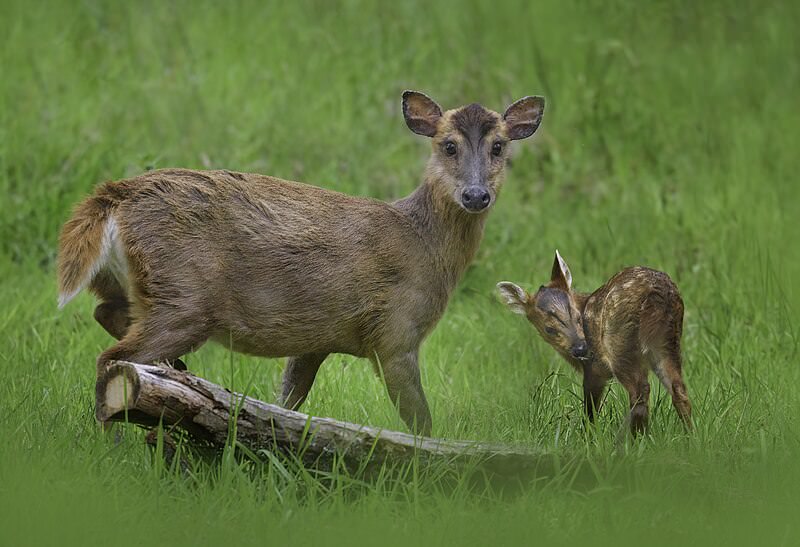
Muntjac Deer: Deer with Inflatable Facial Glands
The small muntjac deer has an unusual ability - it can inflate its facial glands so wide they turn inside out. Hence its nickname the "barking deer." Found across Southeast Asia and Britain, these robust deer use the glands for scent communication. caroline legg/Wikimedia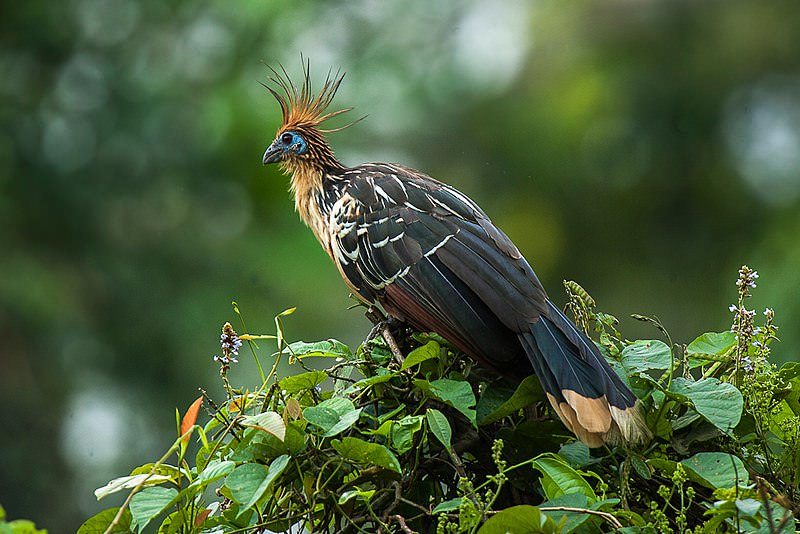
Hoatzin: The Smelly Cow-Bird
The Hoatzin chick has claws on its wings to climb trees. As adults, they ferment vegetation in a specialized crop like cows, giving off a manure odor that earns them the name "stinkbird." Francesco Veronesi from Italy/Wikimedia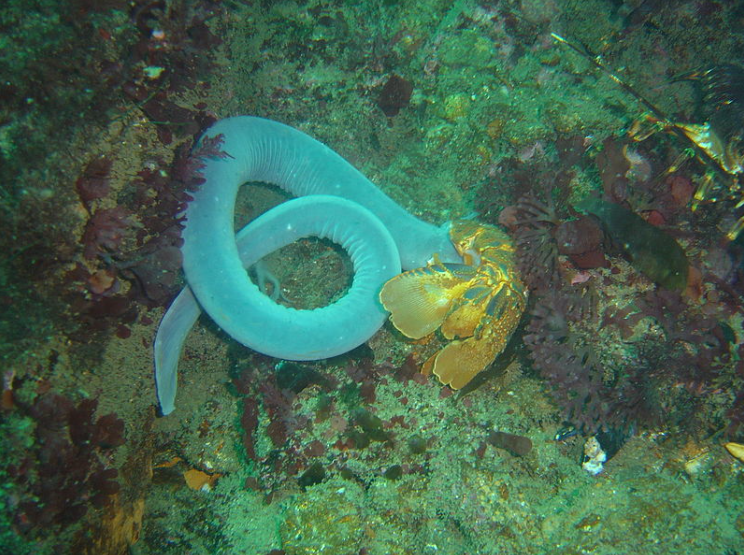
Hagfish: The Ocean's Slime Shooter
The prehistoric hagfish can produce immense amounts of thick slime, up to 400 times its own volume. This defense mechanism allows it to clog the gills of would-be predators and escape. User: (WT-shared) Pbsouthwood at wts wikivoyage/Wikimedia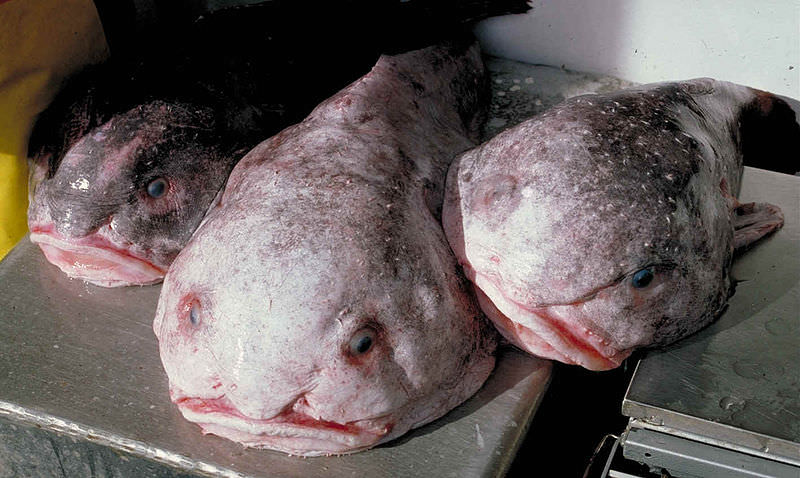
Blobfish: The Famously Ugly Deep-Sea Dweller
Known for its floppy, gelatinous appearance, the blobfish has adapted over millions of years to thrive under immense ocean pressure. U.S. National Oceanic and Atmospheric Administration/Wikimedia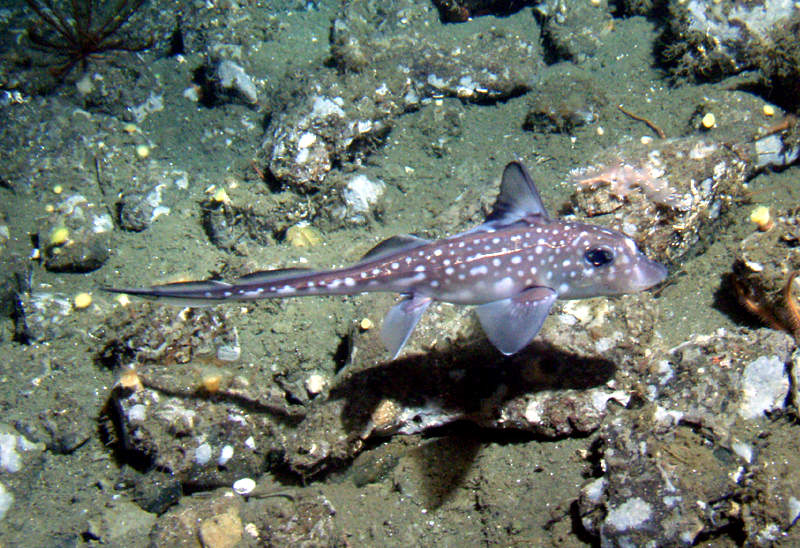
Ghost Shark: Strange Prehistoric Fish
Rarely seen, the ghost shark has a retractable appendage on its head. These cartilaginous deep-sea fish are among the most enigmatic creatures in the ocean. Linda Snook / MBNMS/Wikimedia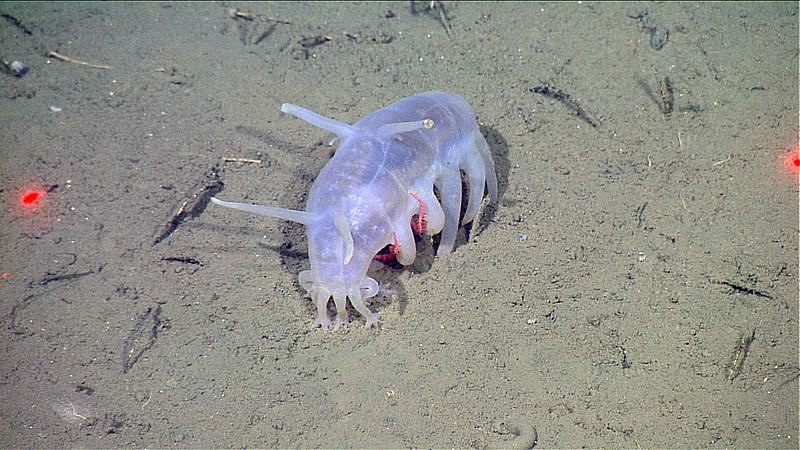
Sea Pig: The Inflated Sea Cucumber
Looking like a plump pink sausage, the sea pig is a species of sea cucumber that gathers en masse to consume fallen meat like whale carcasses. NOAA/MBARI/Wikimedia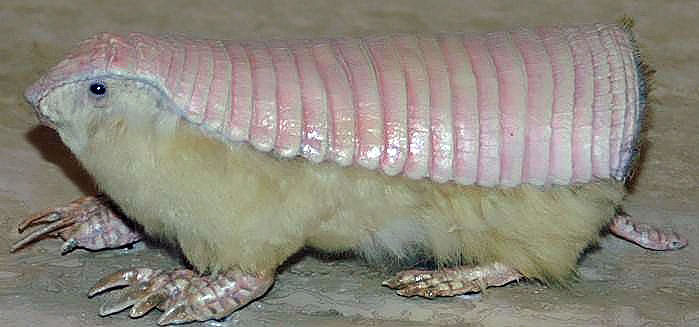
Pink Fairy Armadillo: Tiny Sand-Swimmer
Nicknamed the "sand-swimmer," this smallest armadillo species is only 13cm long and gets its pink hue from blood pumped near its shell to regulate temperature. Photo by David J. Stang/Wikimedia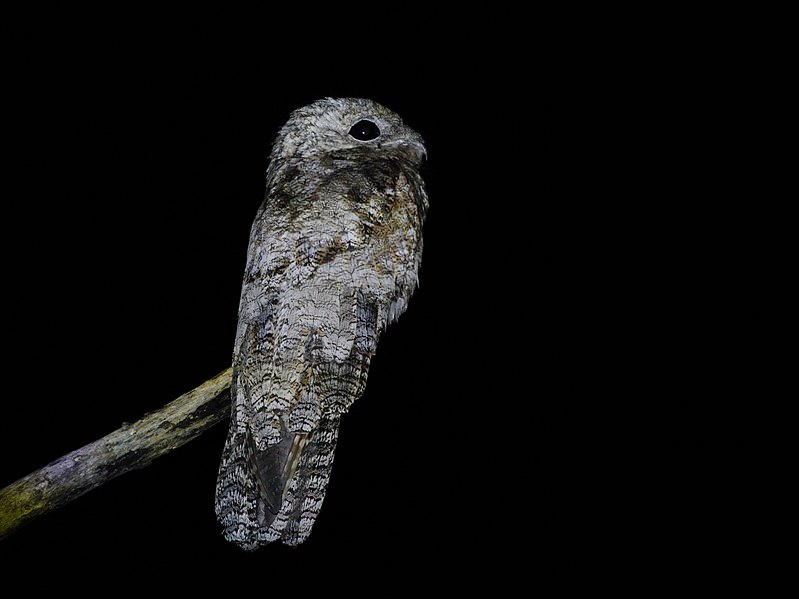
Great Potoo: Master of Camouflage
This nocturnal bird camouflages itself as a stump or branch, remaining motionless until prey passes by, aided by being able to see through closed eyelids. Hector Bottai/Wikimedia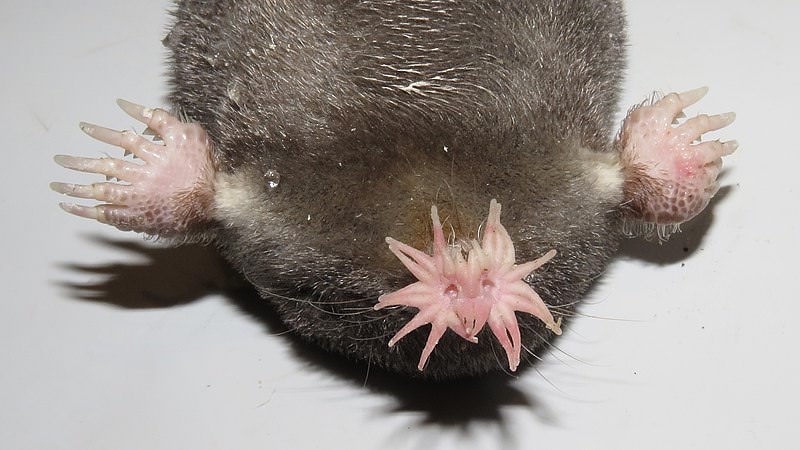
Star-Nosed Mole: Mole with Tentacle Nose
The star-nosed mole has 25,000 sensory receptors on fleshy tentacles ringing its nose to detect seismic vibrations and electrical signals of prey. Dan MacNea/Wikimedia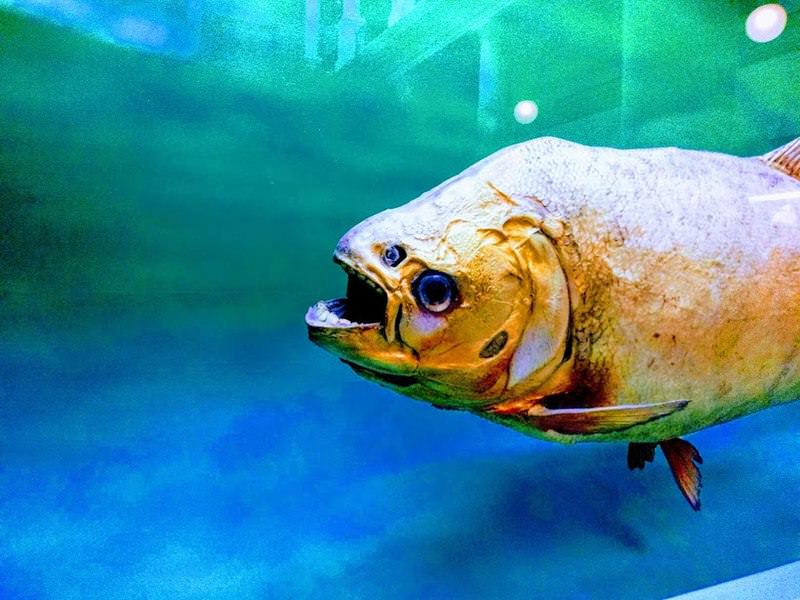
Pacu: The Nut-Cracking Fish
Often confused for a piranha relative, the pacu has square human-like teeth used for crushing nuts and fruits, not flesh. Calimecita/Wikimedia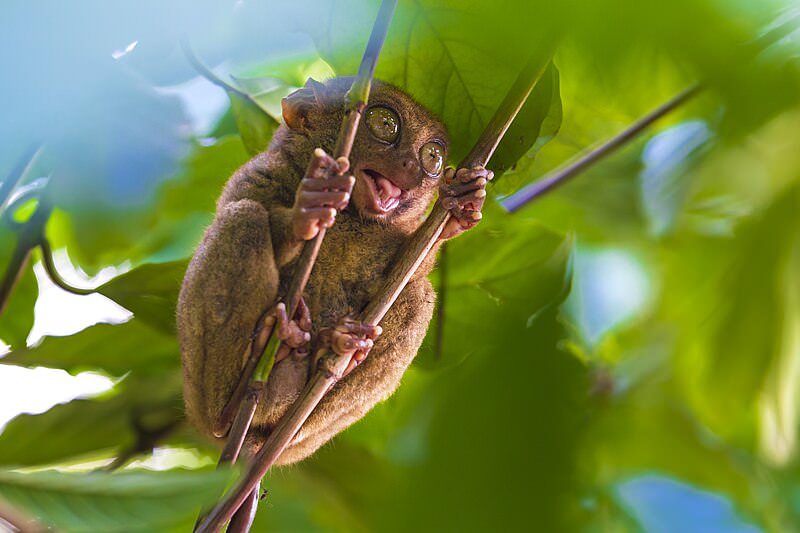
Tarsier: Huge Eyes on a Tiny Body
With eyes as large as its brain, the tarsier has the largest eyes for its body size of any mammal, being able to rotate its head 180 degrees. Jesse Alegre/Wikimedia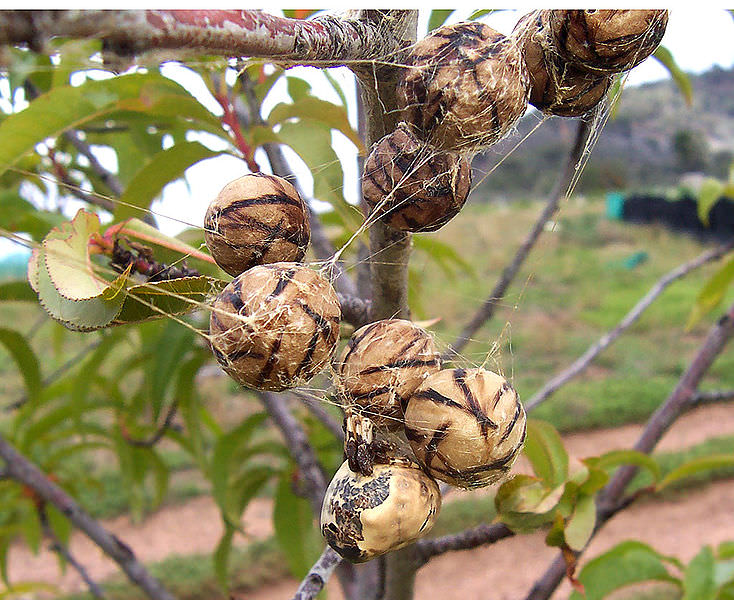
Bird-Dropping Spider: Masters of Deception
This crafty spider mimics bird droppings during the day to avoid predators, then attracts male moths at night with pheromones to ambush them. Fir0002/Wikimedia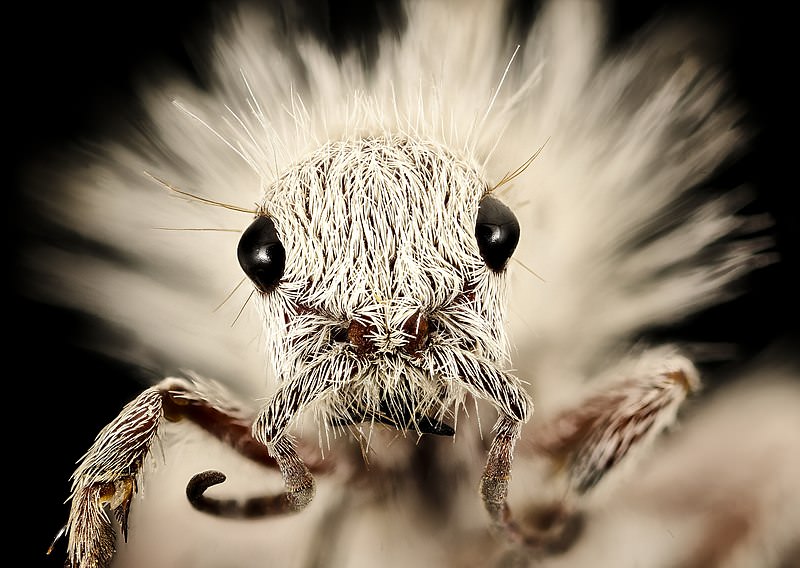
Thistledown Velvet Ant: The Fuzzy "Cow-Killer"
Despite its name, this is a type of wasp with a powerful sting, nicknamed the "cow-killer." Its fuzzy white bristles help reflect desert heat. USGS Bee Inventory and Monitoring Lab from Beltsville, Maryland, USA/Wikimedia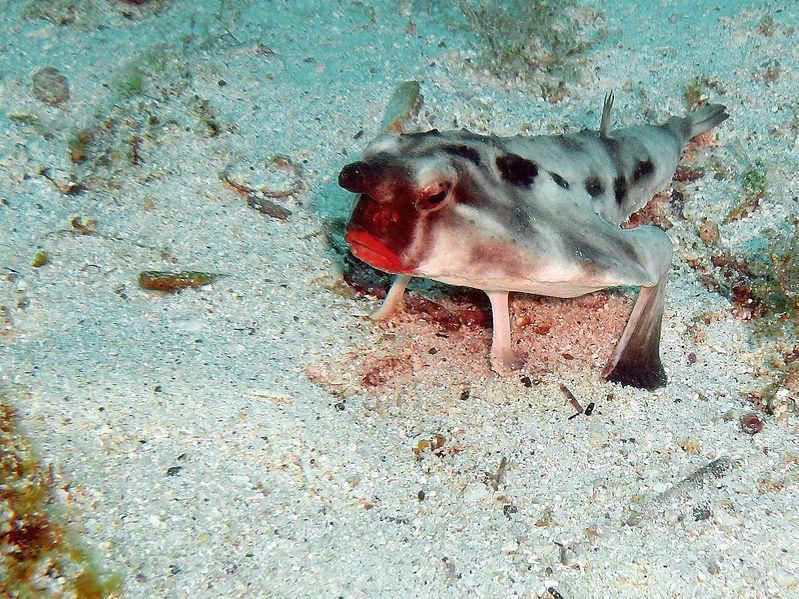
Red-Lipped Batfish: Fish With Lipstick
The red-lipped batfish waddles on the seafloor using its leg-like fins, with a red ring of "lipstick" around its mouth, possibly to attract mates. Rein Ketelaars/Wikimedia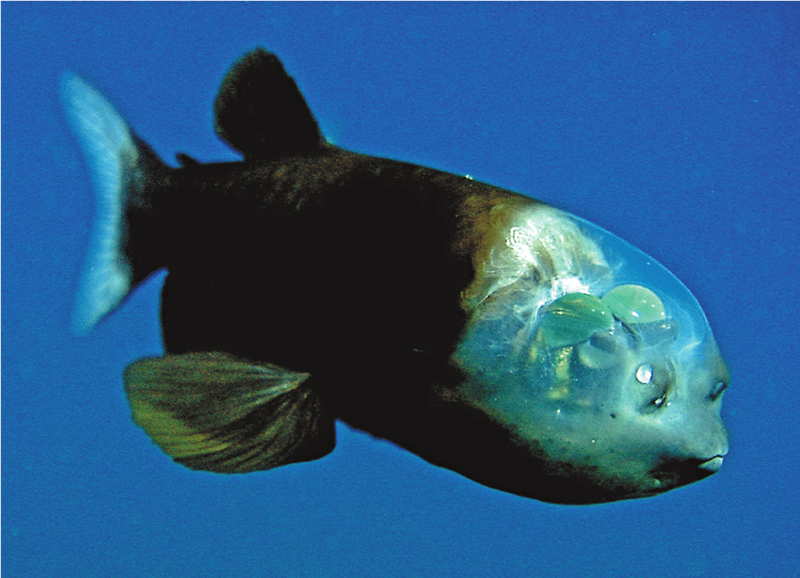
Pacific Barreleye: The Upwards-Facing Fish
With eyes shaped like tubular barrels facing upwards through the top of its head, this bizarre fish can see the silhouettes of prey overhead. Kim Reisenbichler/Wikimedia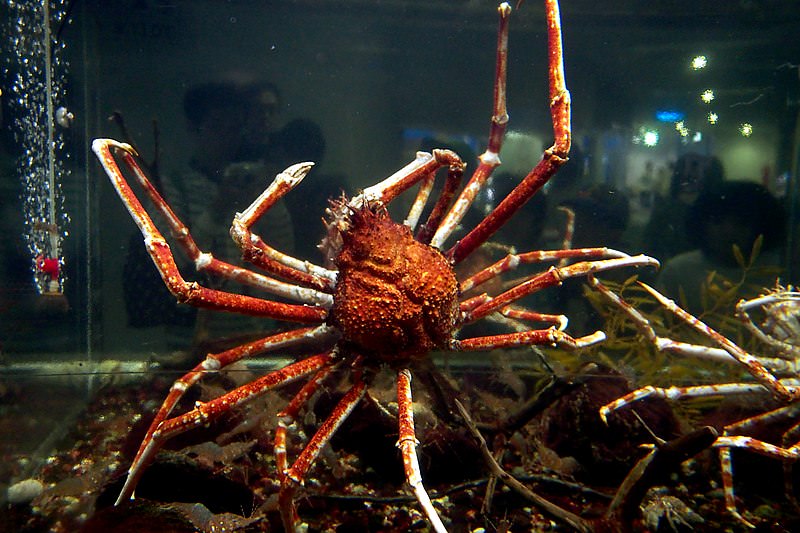
Japanese Spider Crab: The Largest Crustacean
With a 3.7m leg span over twice as big as a human, the Japanese spider crab is the largest known crustacean species. harum.koh from Kobe city, Japan/Wikimedia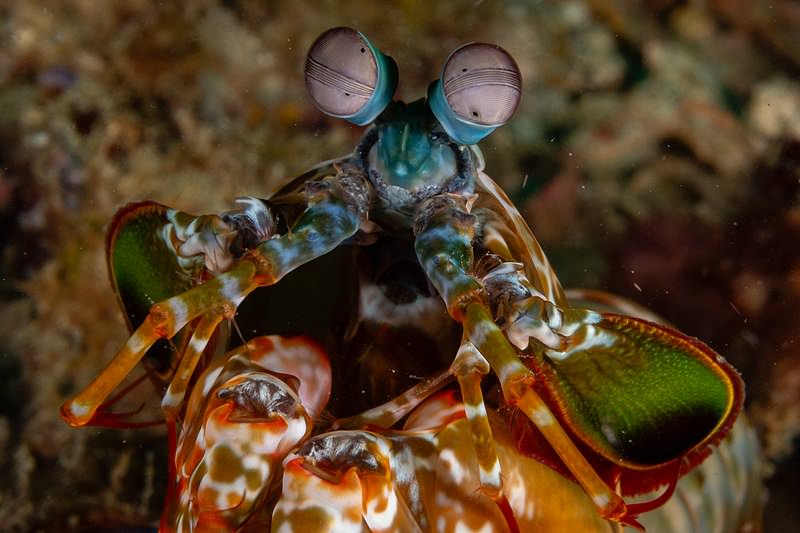
Mantis Shrimp: Powerful Underwater Boxers
Known for their spring-loaded punches, mantis shrimp can strike with the force of a .22 caliber bullet relative to their size. Daniel Sasse/Wikimedia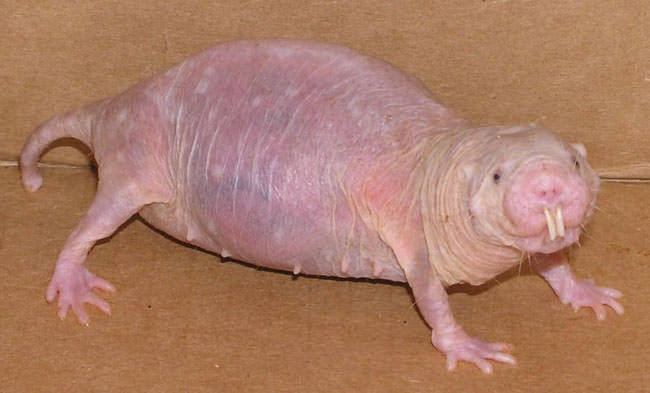
Naked Mole Rat: Cancer-Proof
One of the longest-lived rodents at 32 years, naked mole rats are remarkably resistant to conditions like cancer and neurodegeneration. Chomez/Wikimedia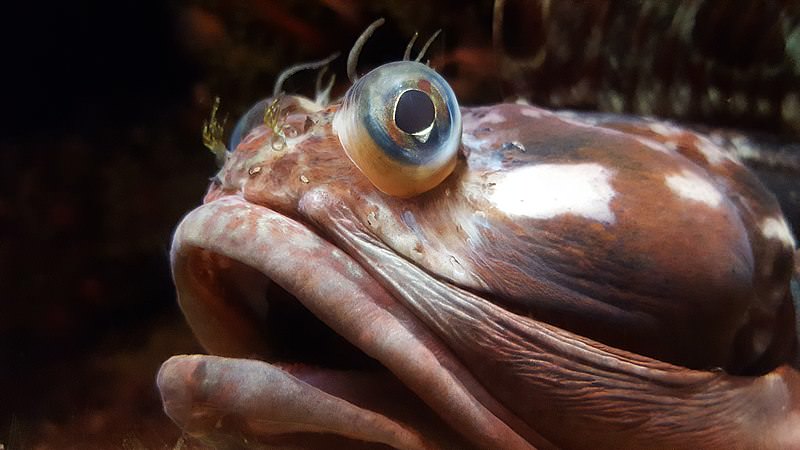
Sarcastic Fringehead: The Aggressive Kisser
This small coastal fish defends its territory by flaring out its massive mouth aggressively like it's blowing an angry kiss. Evan Baldonado/Wikimedia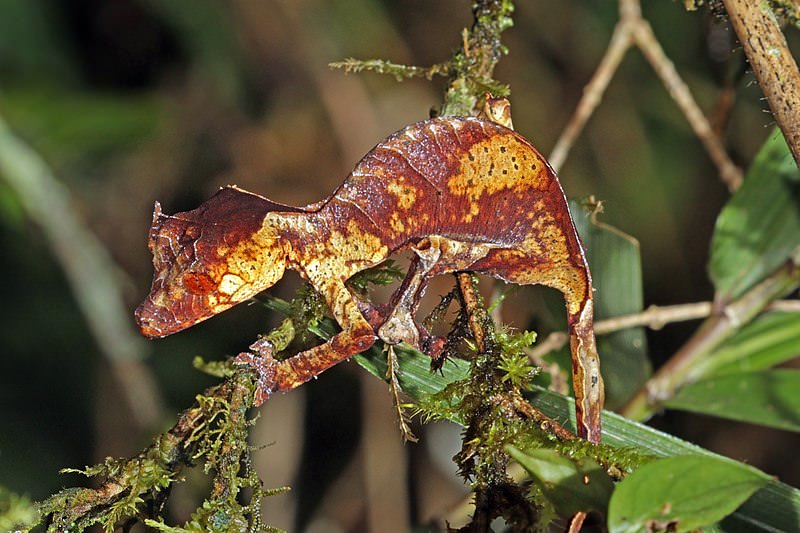
The Satanic Leaf-Tailed Gecko: Master of Disguise
The satanic leaf-tailed gecko from Madagascar is a master of camouflage and mimicry. Its body is perfectly shaped and colored to blend in seamlessly with leaves and bark. But this gecko takes its disguise to an even weirder level - it has a bizarre fringed mouth that opens wide, allowing it to lash out its tongue nearly the length of its body to snatch unsuspecting insects and spiders. Charles J. Sharp/Wikimedia